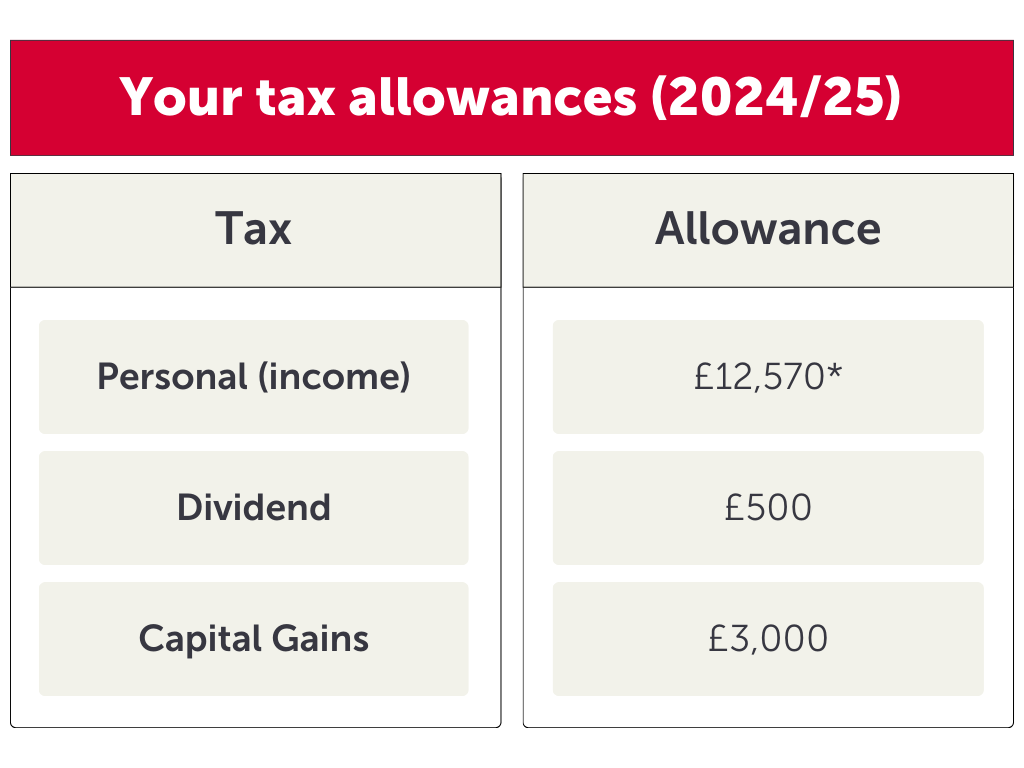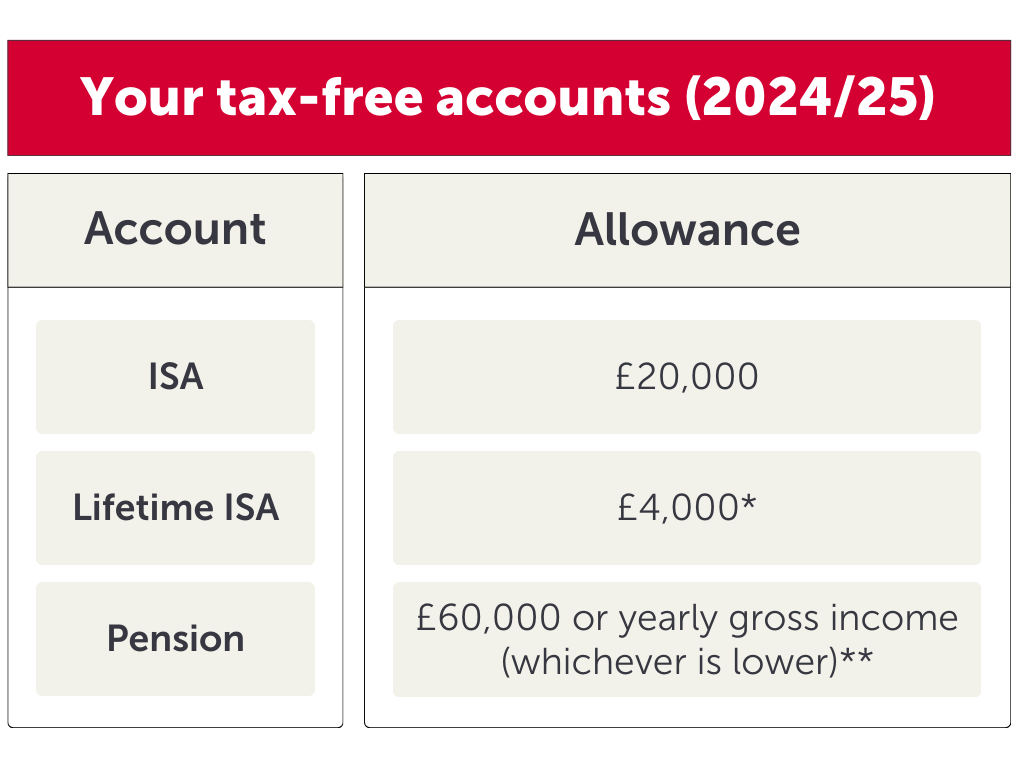New year, new… allowances!
A new tax year is fast approaching. Find out when it is and why it matters.
The current tax year is running out with 5 April marking the last day of the 2024/25 edition. It also marks the deadline for when you can use up certain allowances or claim some tax breaks before the new tax year starts on 6 April.
So, here’s your quick explainer on why the end of the tax year matters and a handy 5-point checklist to make sure you’re good and ready for it.
When does the new tax year begin?
In the UK the new tax year begins on 6 April. It’s definitely the less glamorous version of New Year’s Day but it’s worth popping in your diary. It’s the same date every year, no matter which day of the week it falls on – even if it falls on a bank holiday.
It also means that 5 April is the last day of the current tax year, and the last day you can use your current year’s tax allowances. And that’s really quite important.
Why is it an important date for your diary?
6 April is super important because it’s when your tax allowances reset. Your tax allowances are the amount you can earn tax-free every year, before you have to pay income, capital gains or dividend taxes.
If you go over your tax allowances you’ll have to pay some tax, and for dividends and capital gains that usually means contacting HMRC or completing a tax-return so you can pay back the amount owed.

*For basic rate taxpayers.
As well as the tax allowances resetting, your annual limits on how much you can save into your tax-efficient ISA and pension accounts resets. Keeping within the limits each year means whatever you pay into these types of accounts can be invested tax-free! That makes using these accounts some of the best ways you can optimise how you invest.
Something to bear in mind for ISAs (though not for pensions), is that the limit is use it or lose it. Once the new tax year begins, you say goodbye to any tax-free allowance you had remaining from the previous one.

*The £4,000 Lifetime ISA allowance is part of your overall £20,000 ISA allowance. So if you use it all, you’ll have £16,000 left of your ISA allowance you could use for another type of ISA. ISA rules apply.
**This includes the tax relief you get from the government and any contributions your employer makes. The pension allowance starts to taper once annual earnings reach £260,000 and stops once earnings exceed £360,000, when the taper will have reduced the annual allowance to £10,000. Pension rules apply.
To help you get ready to make the most of the new tax year, why not dive into our handy checklist and stay ahead of the game!
🔔 Tax, ISA and pension rules apply and can change – and how you're taxed depends on your individual circumstances. Investing involves risk.